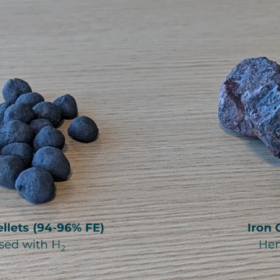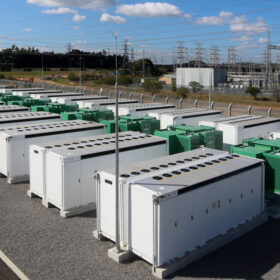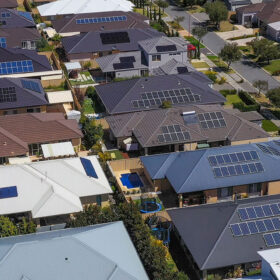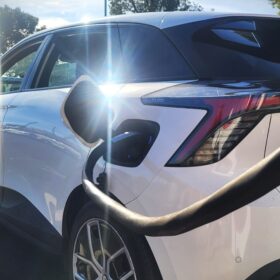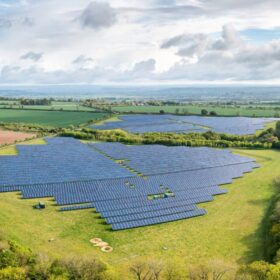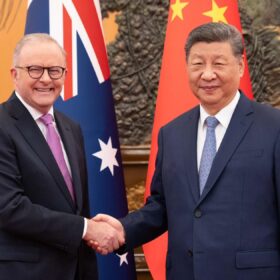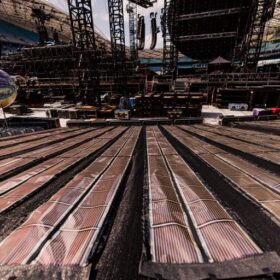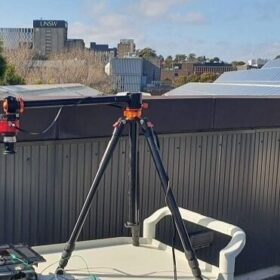New Western Australia partnership takes aim at producing green iron
Three Western Australian companies have joined forces to form a new joint venture with the goal of producing green iron using iron ore and green hydrogen produced locally.
Grid-forming batteries and multiple SynCon to underpin NSW transition
Transgrid has chosen grid-forming batteries and synchronous condensors as its preferred system strength technologies, as coal generators retire over the next decade and renewable energy supplies the state.
CSIRO national energy analysis centre to draw insights from real world, living lab
Data collected from households and businesses will inform the National Energy Analysis Centre, a new, independent CSIRO facility established to provide consumers and providers clear insights into the energy transition, now and in the future.
Wireless electric vehicle charging tests improve efficiency by 88%
Scientists in India have simulated and tested a prototype wireless charging system for electric vehicles, with a three-port DC–DC converter at its core and have found it achieved an improved efficiency of 88%.
Polarised light pollution cut by nano-coated solar panels benefits wildlife
A Western Australia researcher has found large-scale solar farms impact migratory routes of wildlife due to polarised light pollution but could be improved with nano-coated solar panels.
Landmark China green steel talks must be followed by action
Topping the agenda for Prime Minister Anthony Albanese’s visit to China this week has been the massive bilateral opportunity for Australia – the world’s No.1 producer of iron ore, with a 56% share of global exports – to partner with China on developing green iron and steel produced using zero-emissions energy. Traditional practices use coking coal, a carbon intensive, high-emissions fossil fuel, to produce iron from ore, a key step in steelmaking.
ClearVue BIPV solution achieves 2.6-year payback in Hong Kong trial
ClearVue Technologies says its solar facade solutions, that combine the company’s solar glazing units into a fully integrated energy generating building envelope, have achieved a payback period of less than three years in a Hong Kong government trial.
Kardinia lands state funding to progress printed solar production facility
Printed solar technology startup Kardinia Energy, photoluminescence imaging specialist BT Imaging, and modular solar array manufacturer 5B are among 13 companies awarded more than $26 million in funding by the New South Wales government to support the commercial development of their clean energy tech.
Pilecom begins work on 106 MW Victorian solar project
Construction of the 106 MW Lancaster Solar Farm in northern Victoria is gathering pace with Western Australian contractor Pilecom installing the first of the more than 23,000 piles that will be used in the project.
Using photoluminescence, implied open-circuit voltage imaging for perovskite solar cell field testing
To evaluate the outdoor performance and stability of perovskite solar cells using contactless and noninvasive methods, an Australian and Chinese research team found a way to use photoluminescence imaging as well as demonstrating a proof of concept for implied open-circuit voltage imaging. Their research relied on cost-effective equipment that operates under direct sunlight.
